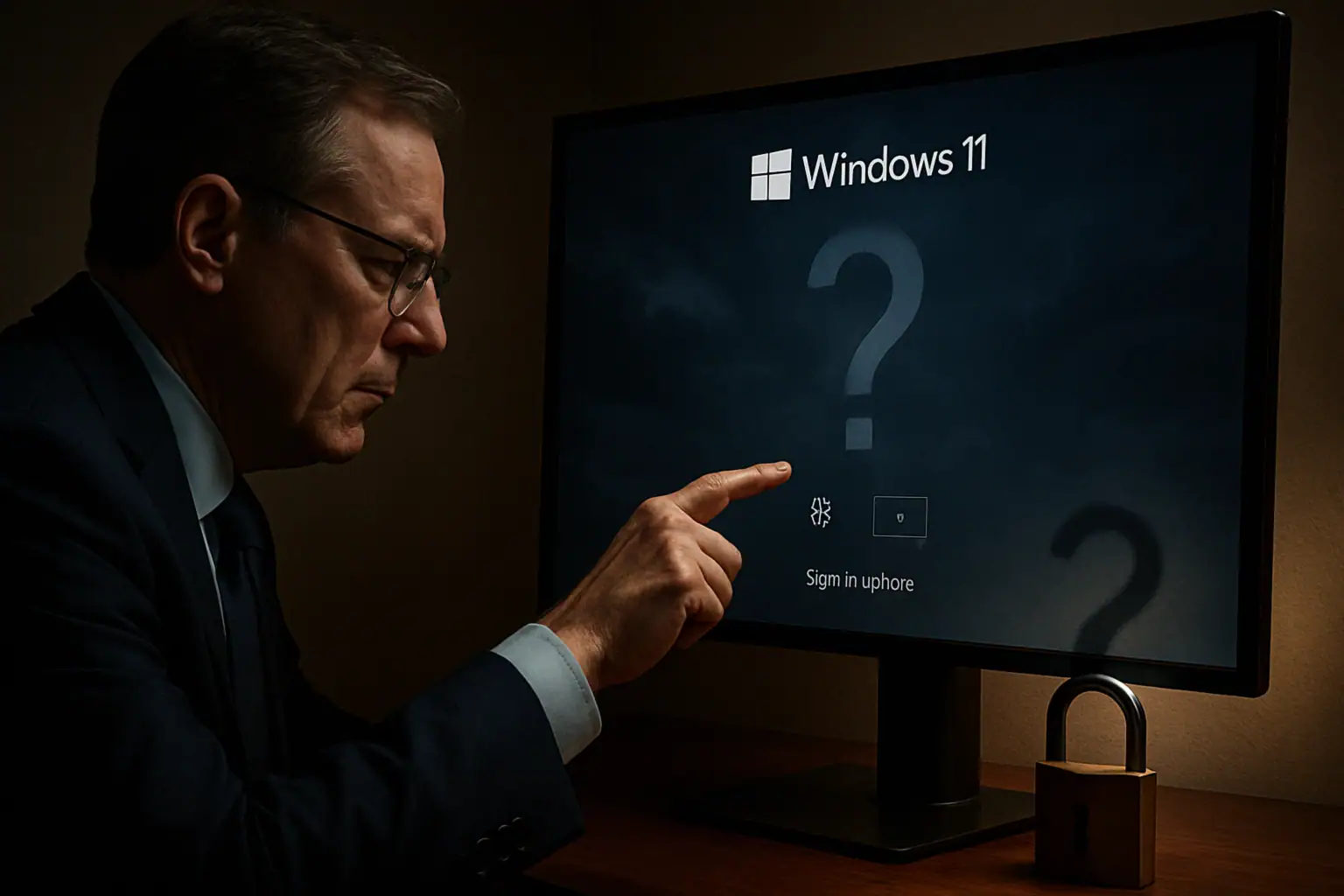A significant security incident has emerged in the cybersecurity landscape as the source code for the VanHelsing ransomware-as-a-service (RaaS) platform has been publicly exposed. This sophisticated multi-platform malware, which has been actively targeting organizations since March 2025, represents a concerning development in the evolution of ransomware threats.
Technical Overview and Impact Assessment
VanHelsing’s architecture demonstrates advanced capabilities, supporting multiple operating systems including Windows, Linux, BSD, ARM, and ESXi environments. According to Ransomware.live analytics, the malware has successfully compromised at least eight organizations, highlighting its operational effectiveness and potential for widespread impact.
Source Code Leak Analysis
The leak originated from a complex situation involving a user identified as th30c0der, who attempted to sell the RaaS panel’s source code on the RAMP hacking forum for $10,000. In response, the ransomware operators preemptively released the code themselves, claiming the seller was a former developer attempting to monetize an outdated version.
Technical Components and Security Implications
Bleeping Computer’s analysis confirms the authenticity of the leaked materials, which include:
– Windows malware builder
– RaaS partner panel source code
– Data leak site components
– Windows encryption module
– Experimental MBR locker
Threat Assessment and Security Recommendations
While the leaked code shows some technical inconsistencies, it presents significant security risks. Malicious actors could potentially:
– Deploy independent ransomware infrastructure
– Modify and enhance the existing codebase
– Create standalone encryption tools
– Develop derivative malware variants
The situation becomes more complex with the VanHelsing operators’ announcement of version 2.0, suggesting potential improvements in their attack capabilities. Security professionals should implement comprehensive ransomware protection measures, including robust backup systems, network segmentation, and advanced threat detection mechanisms. Organizations must remain vigilant and prioritize security updates to protect against both existing VanHelsing variants and potential derivative threats emerging from this source code leak.






